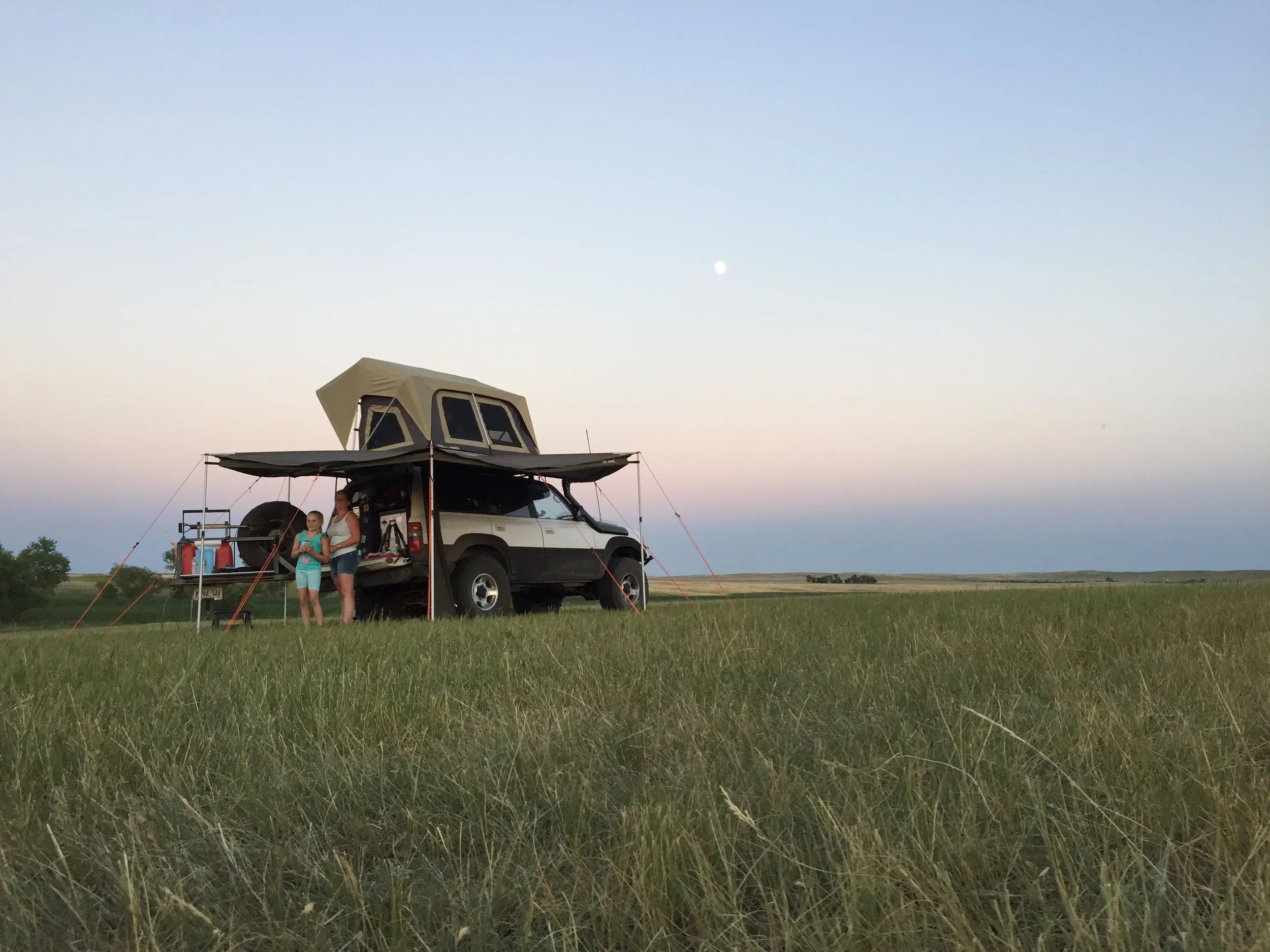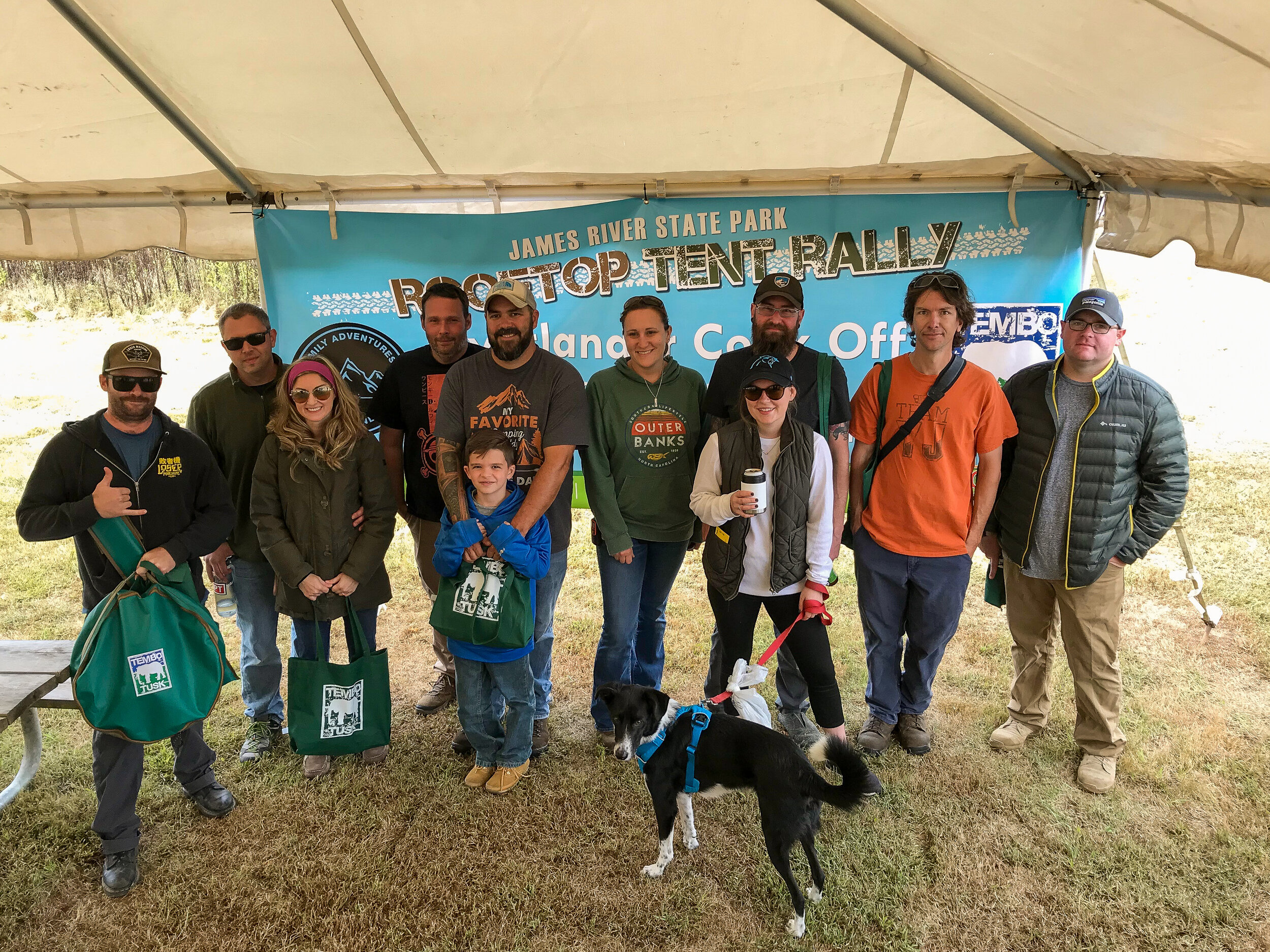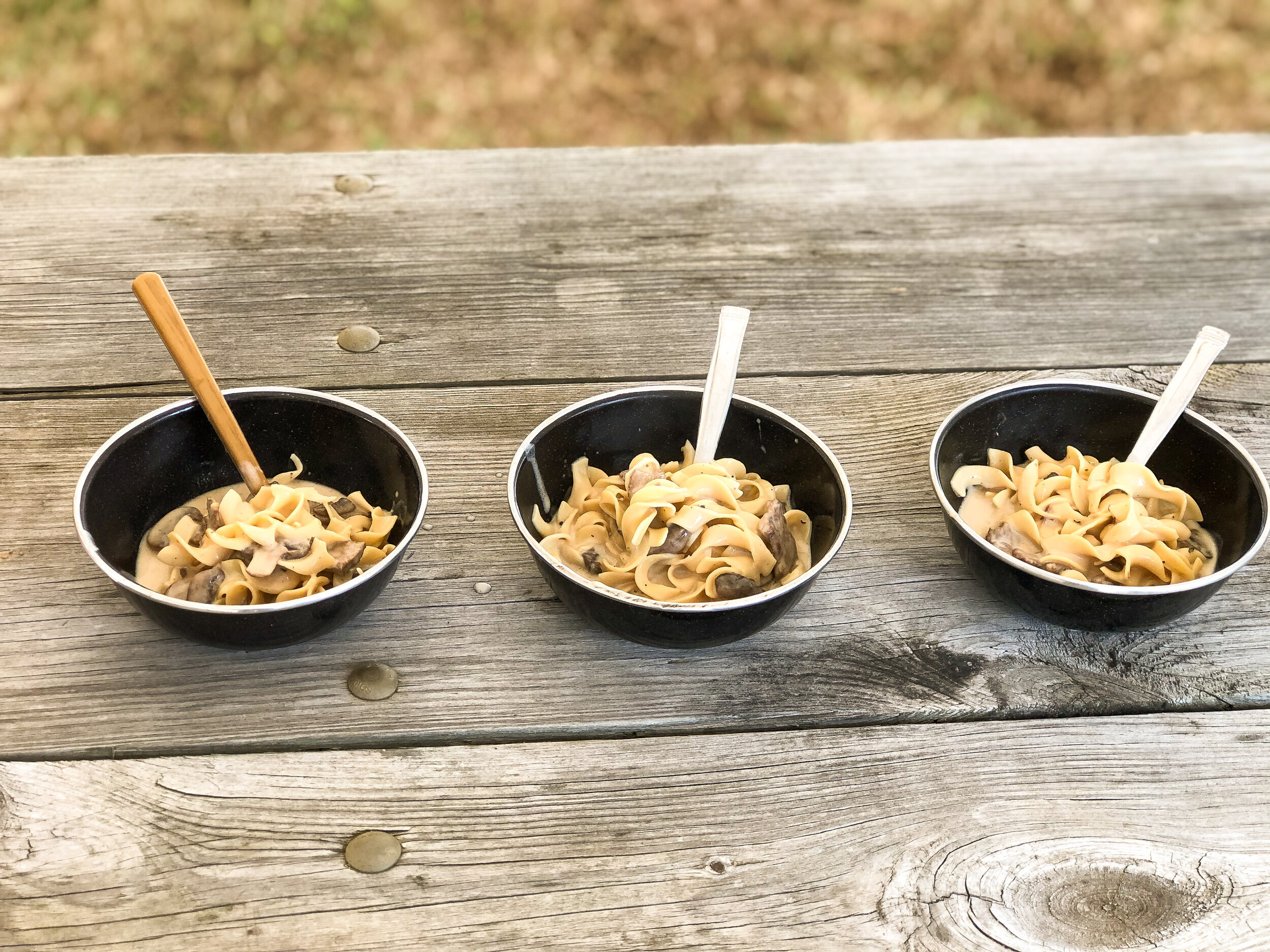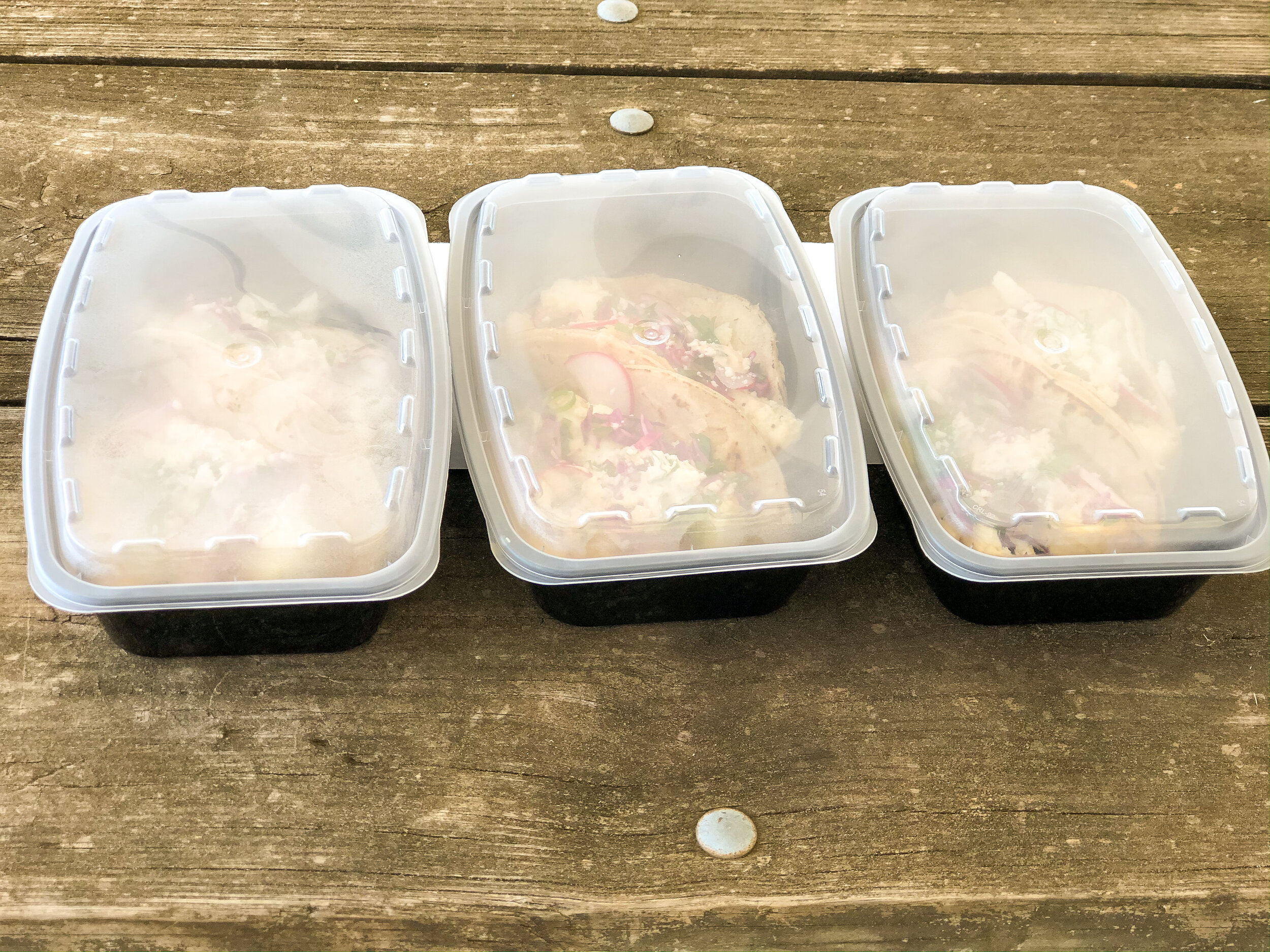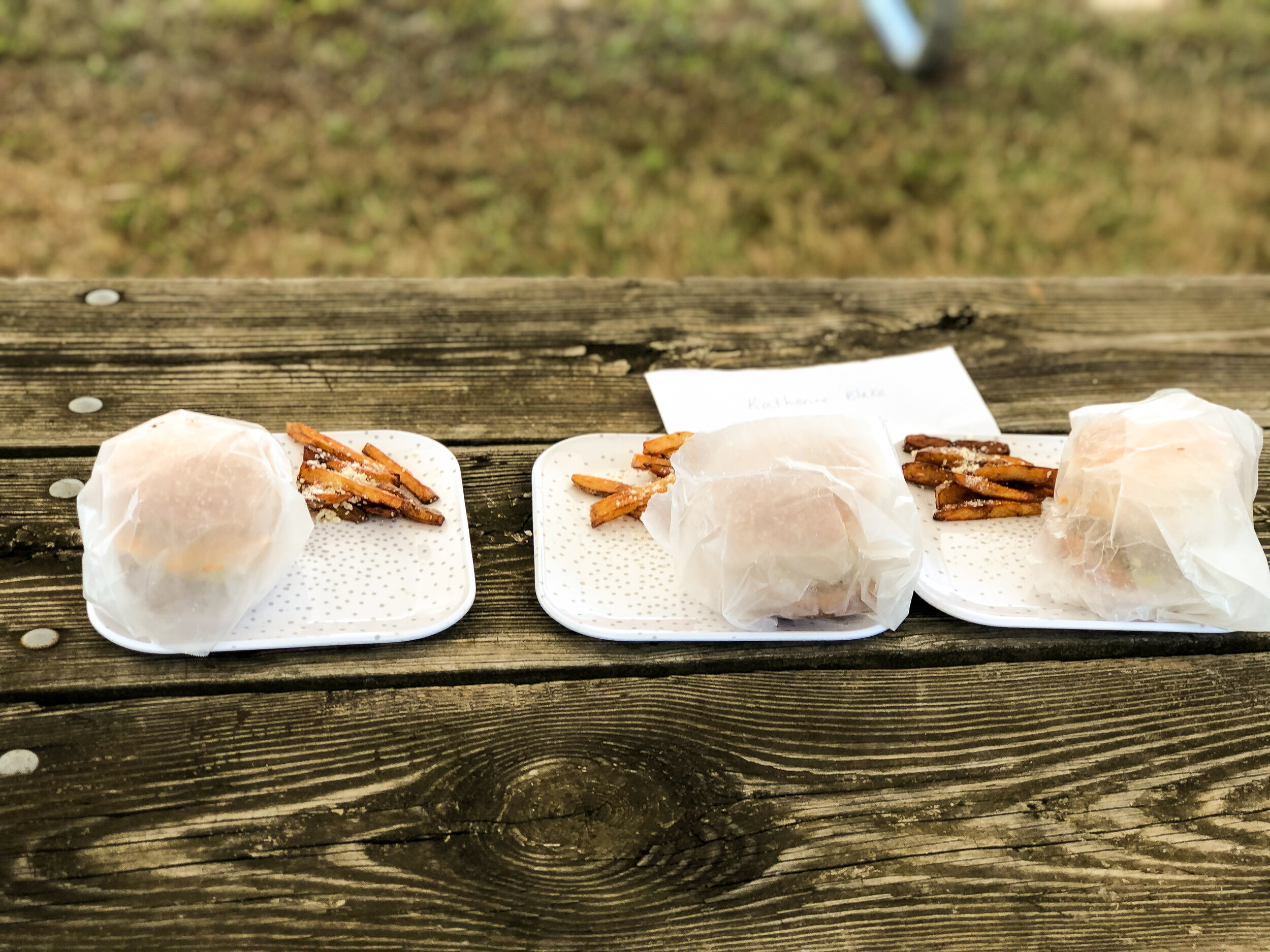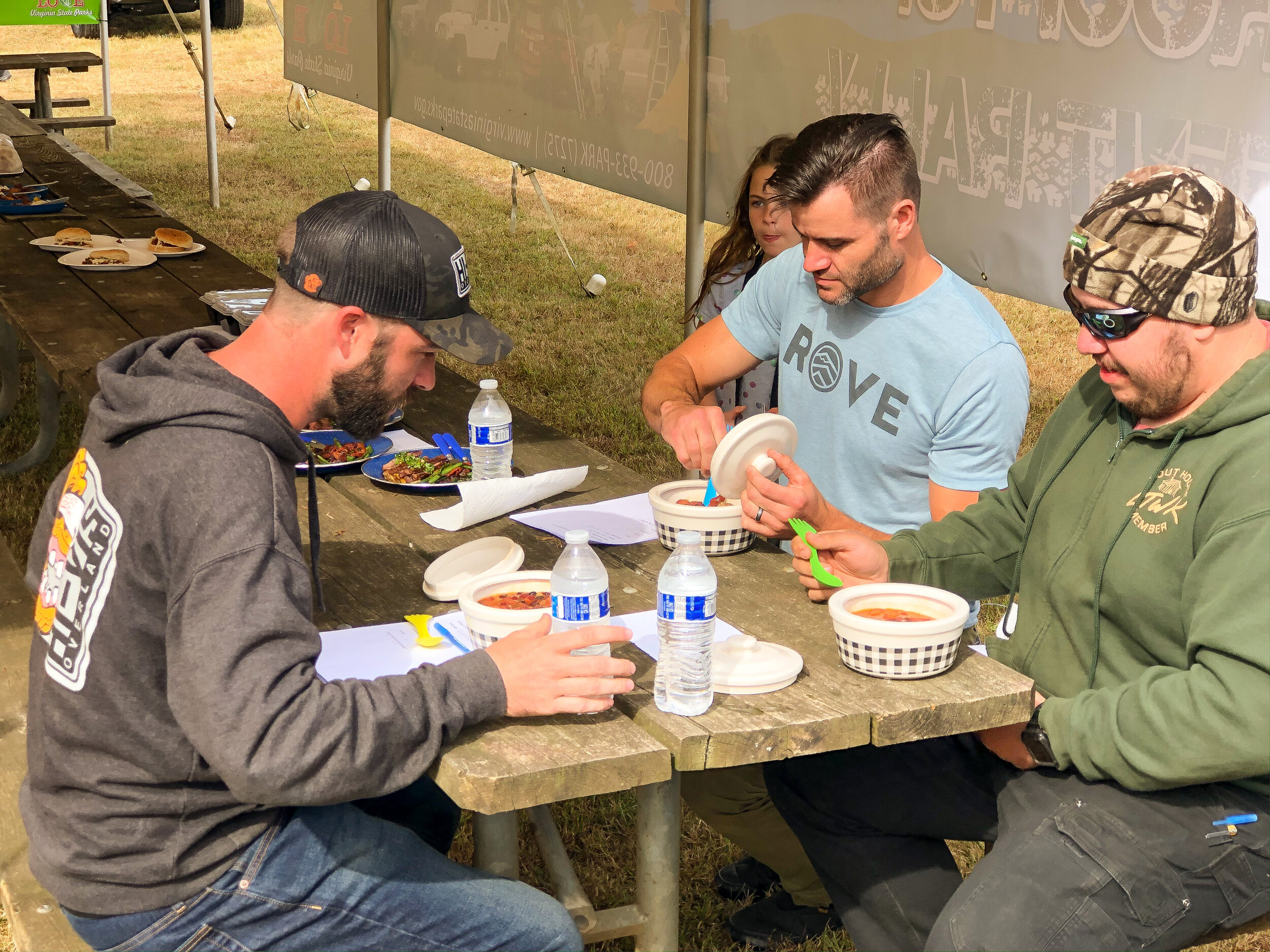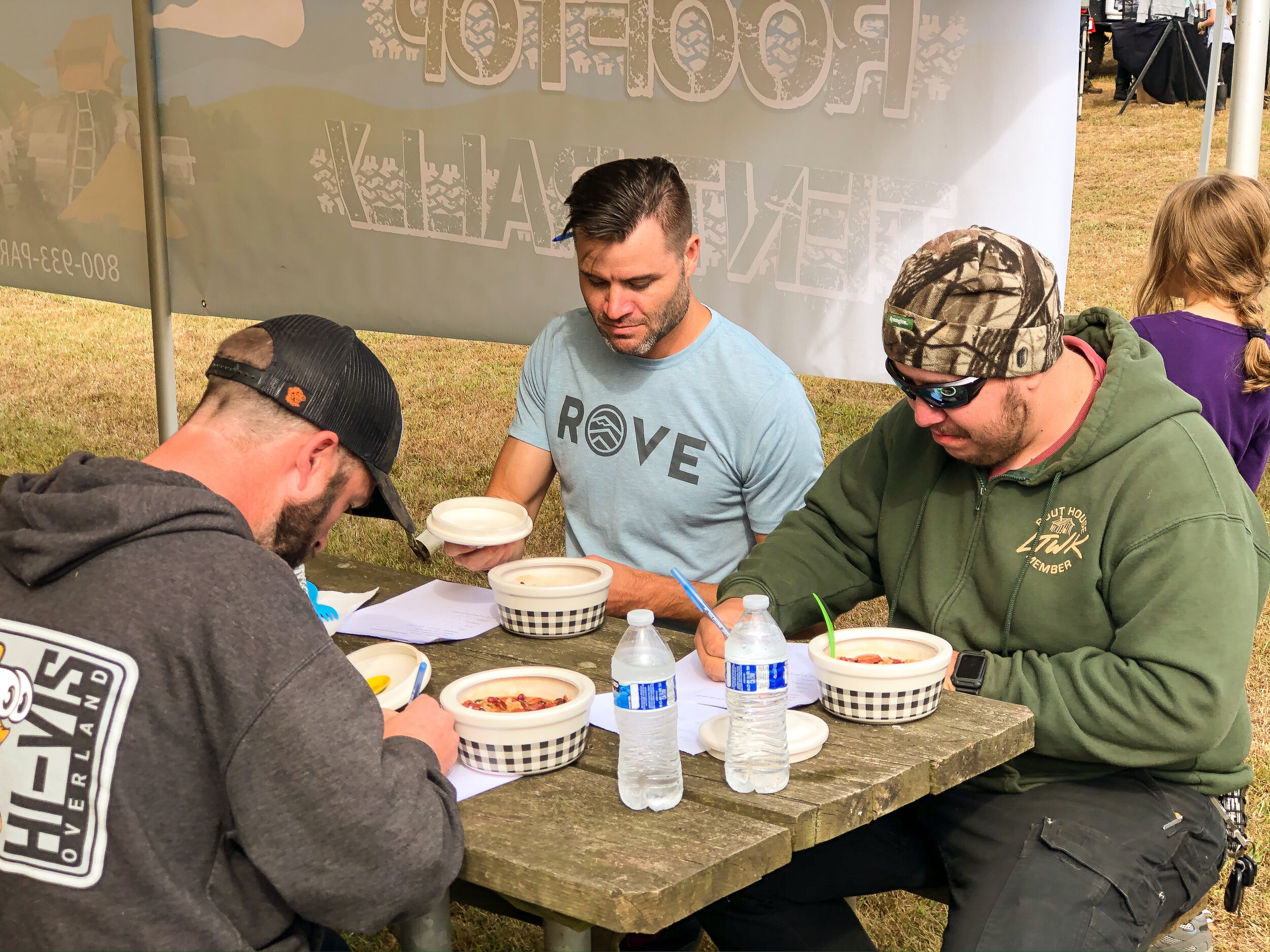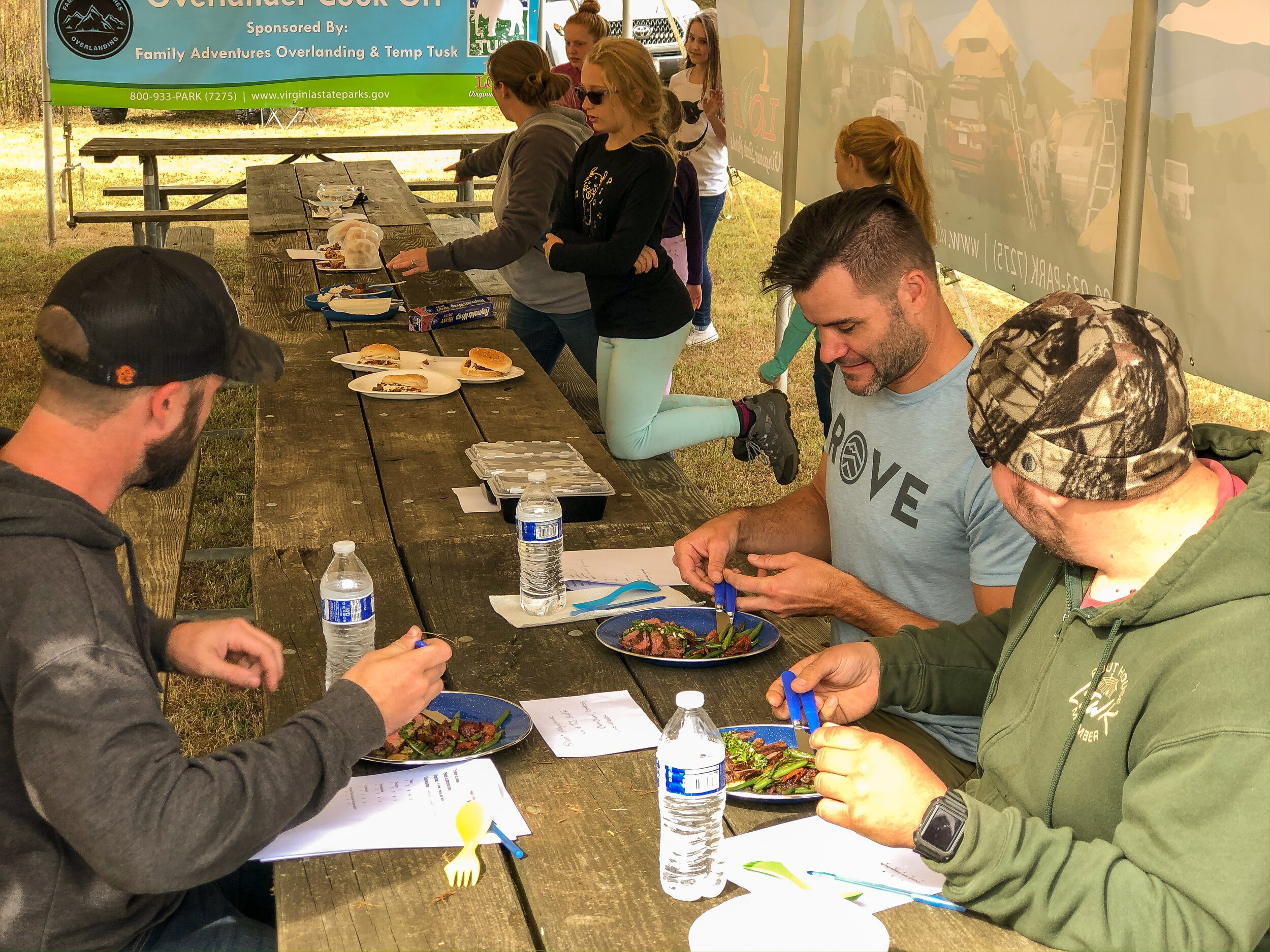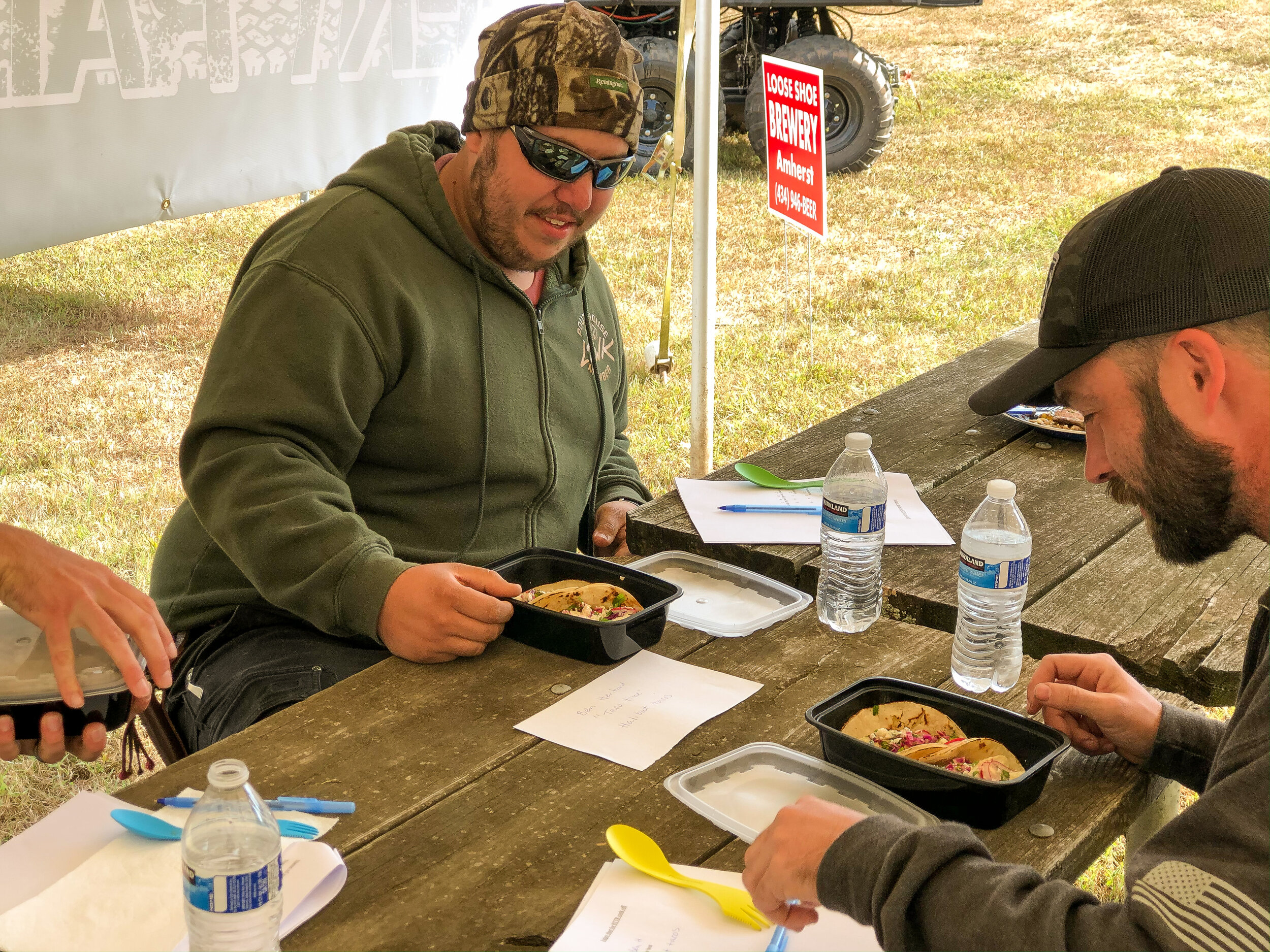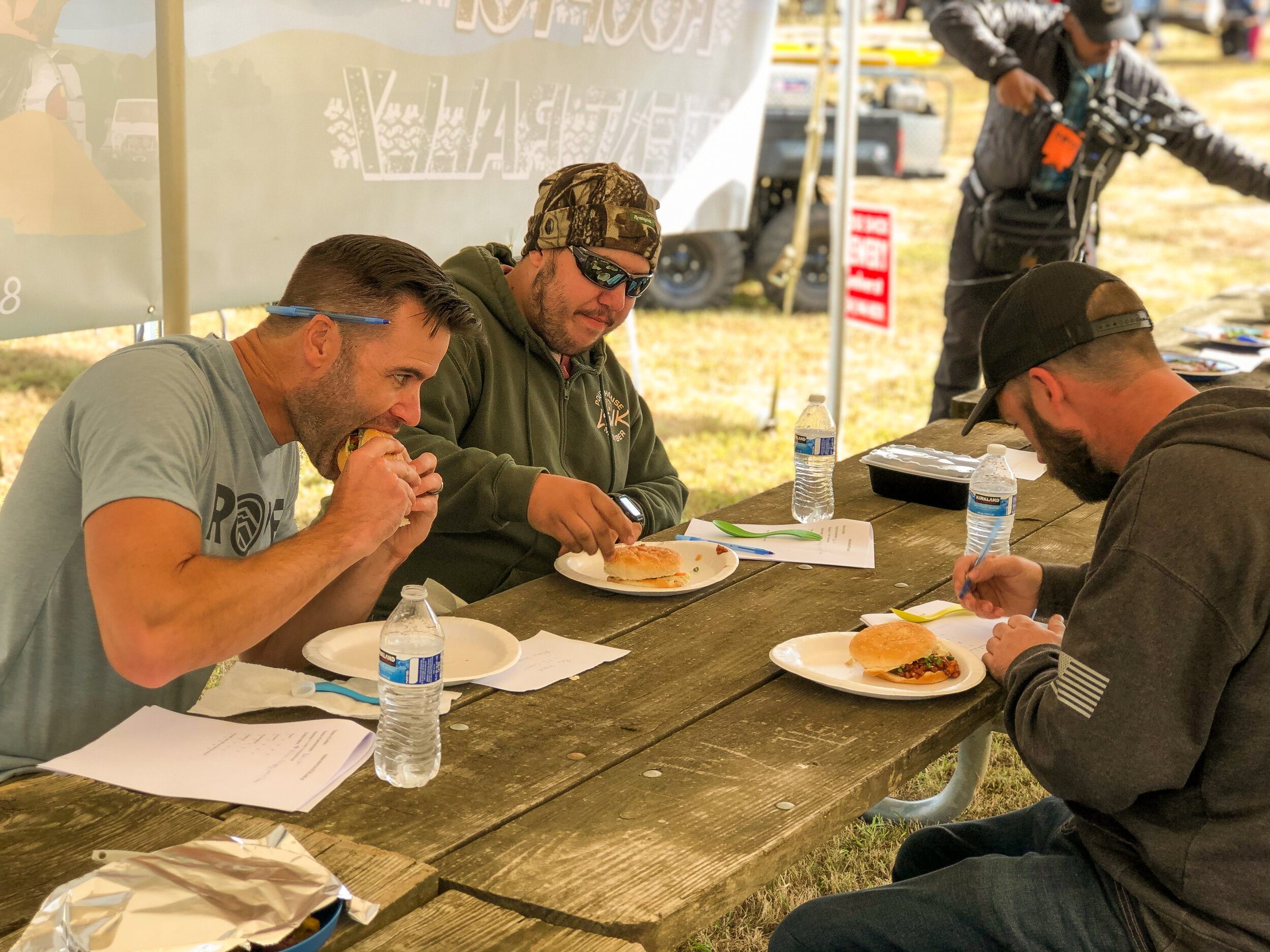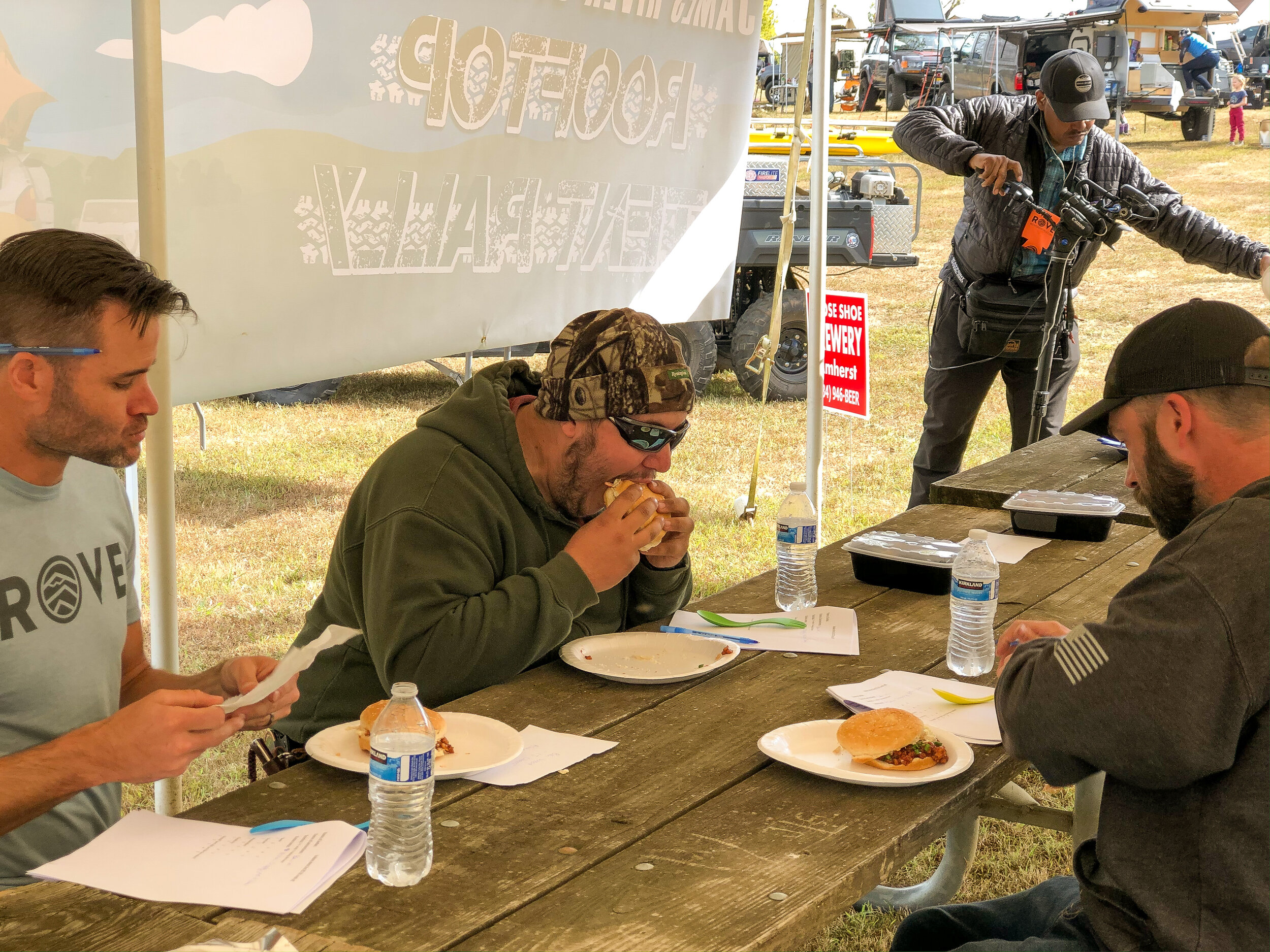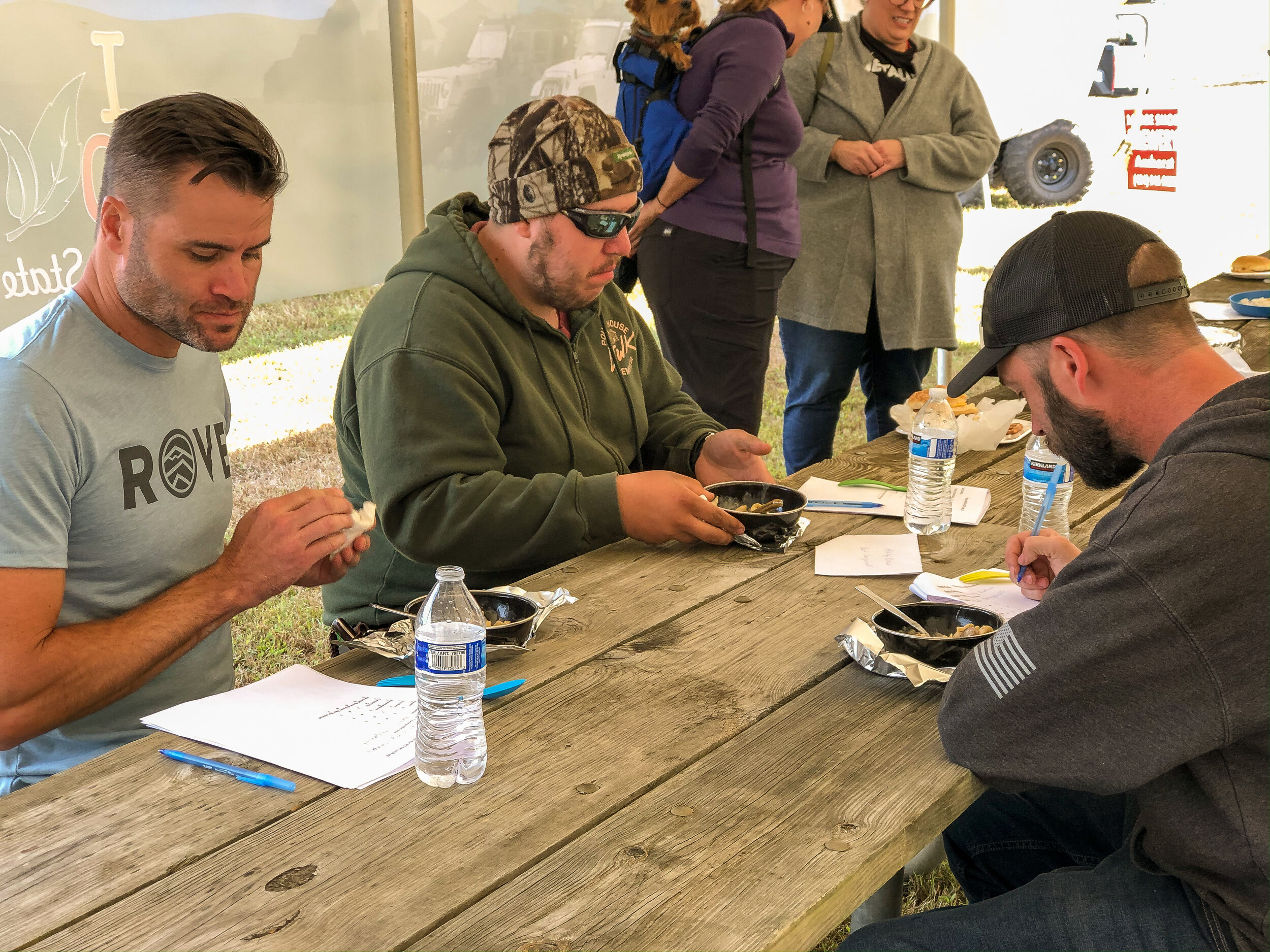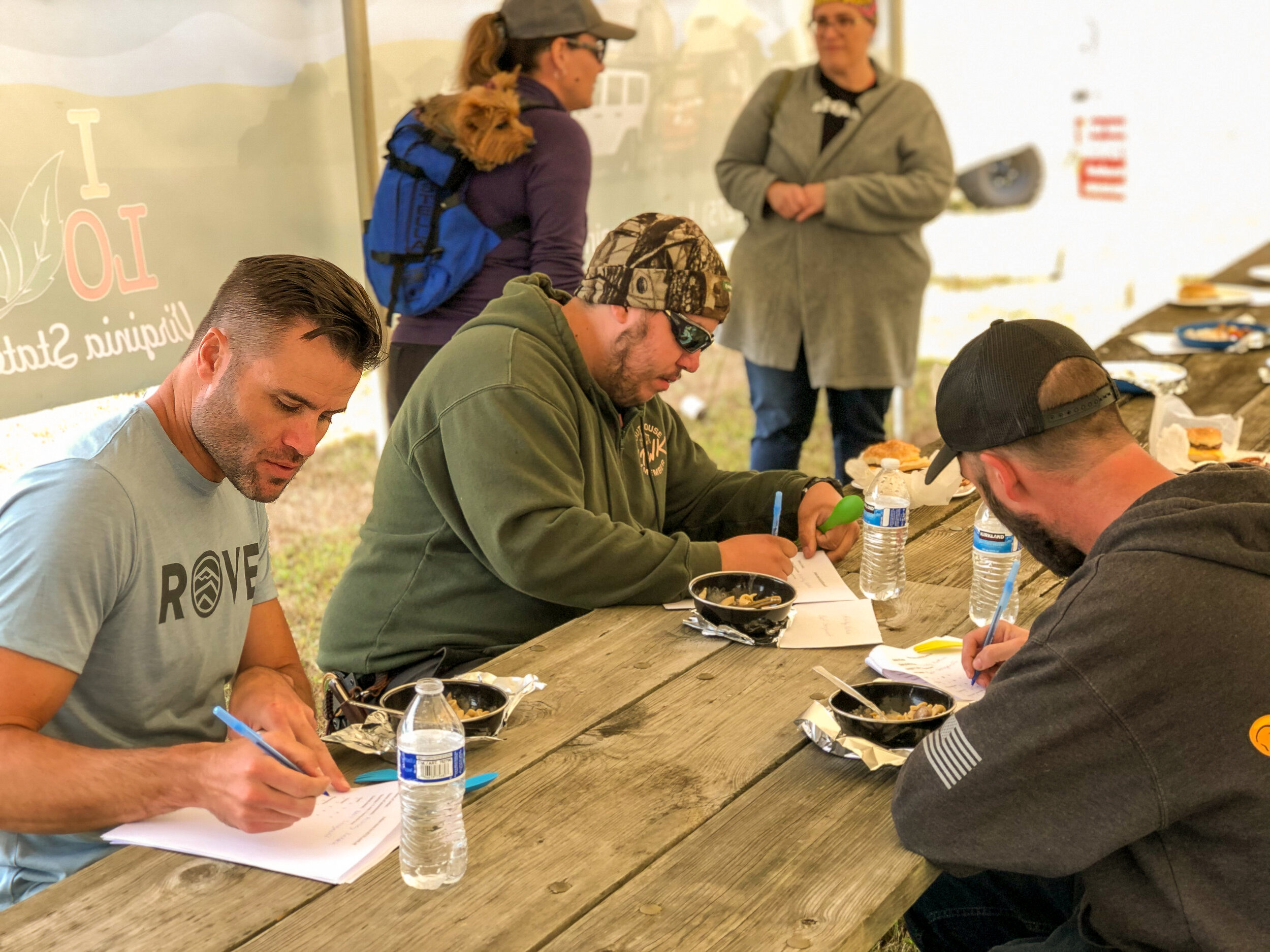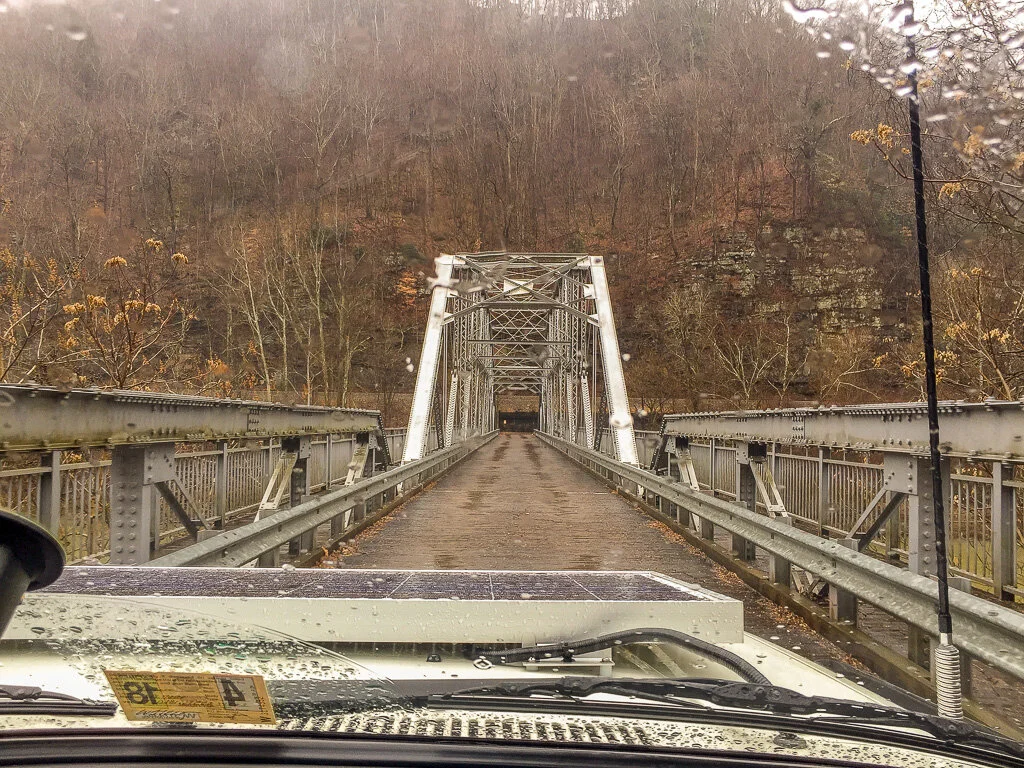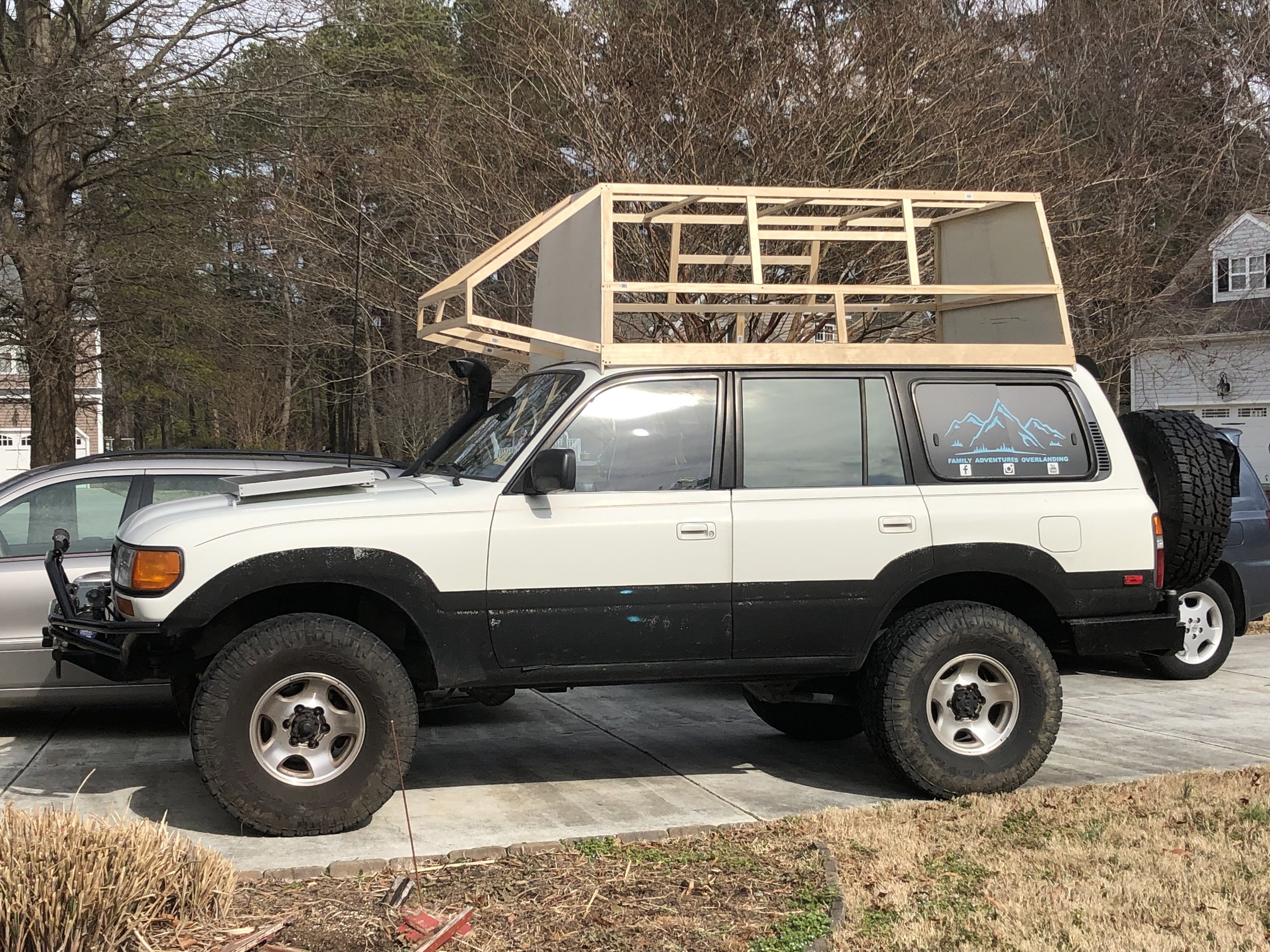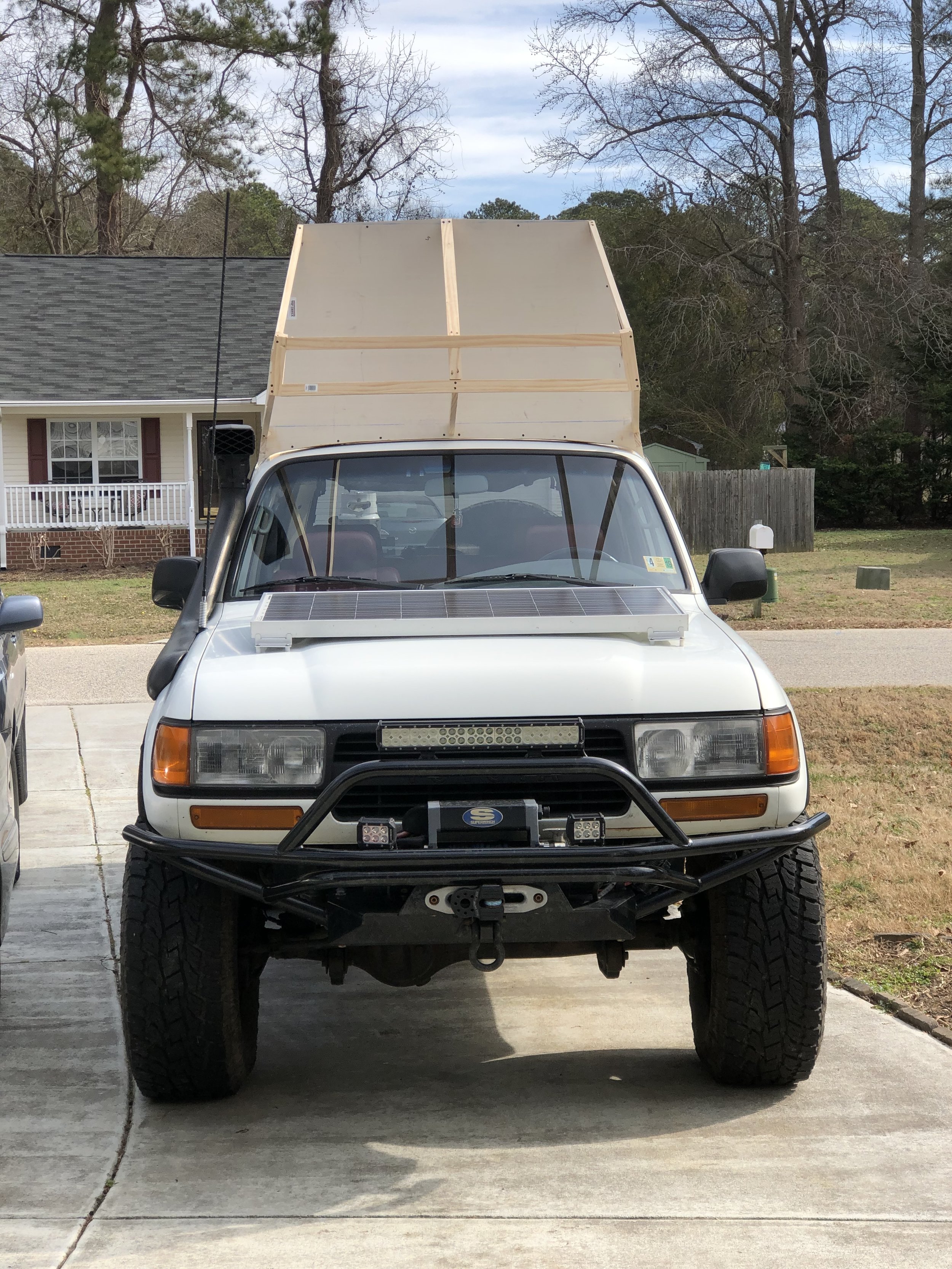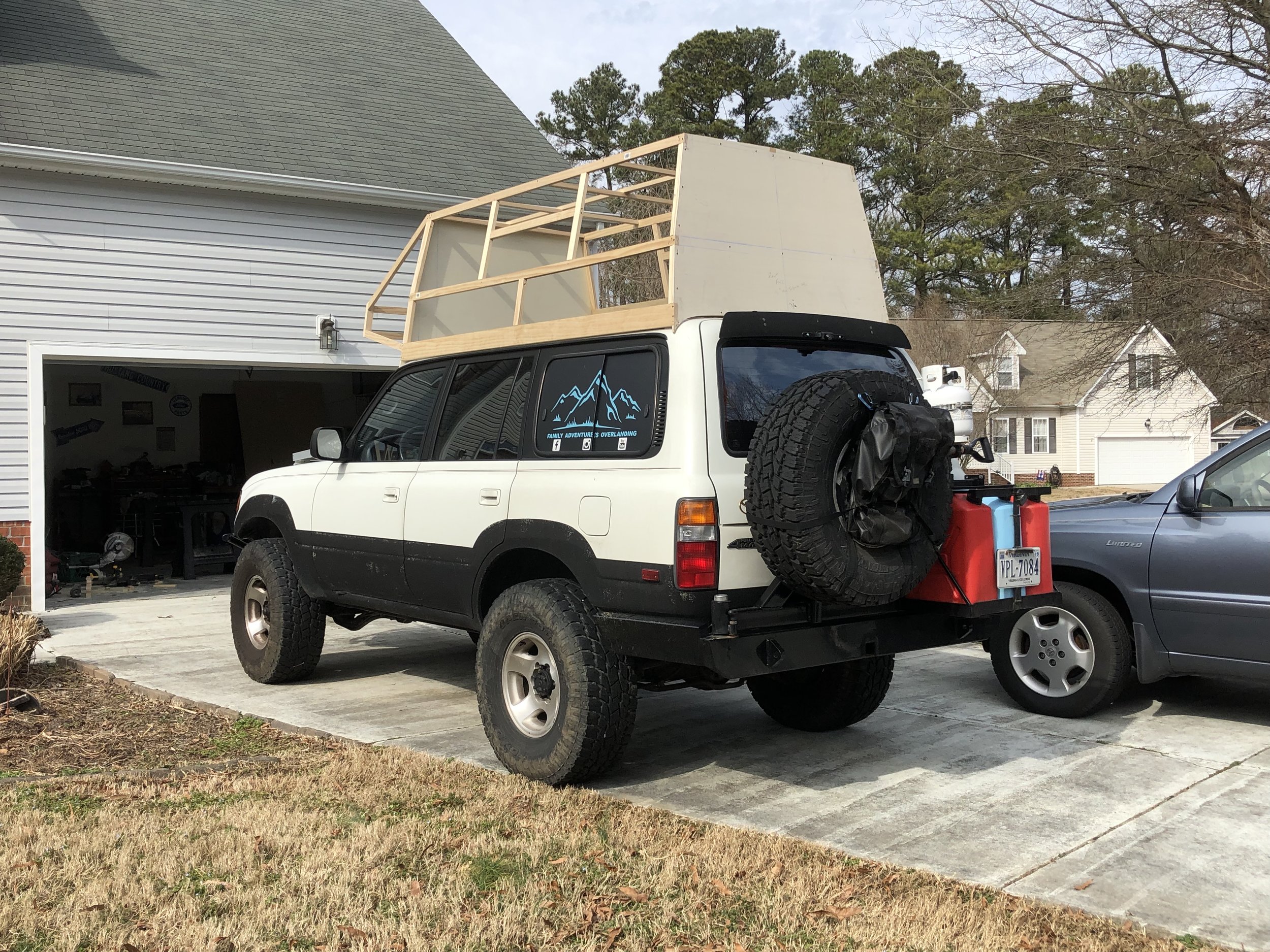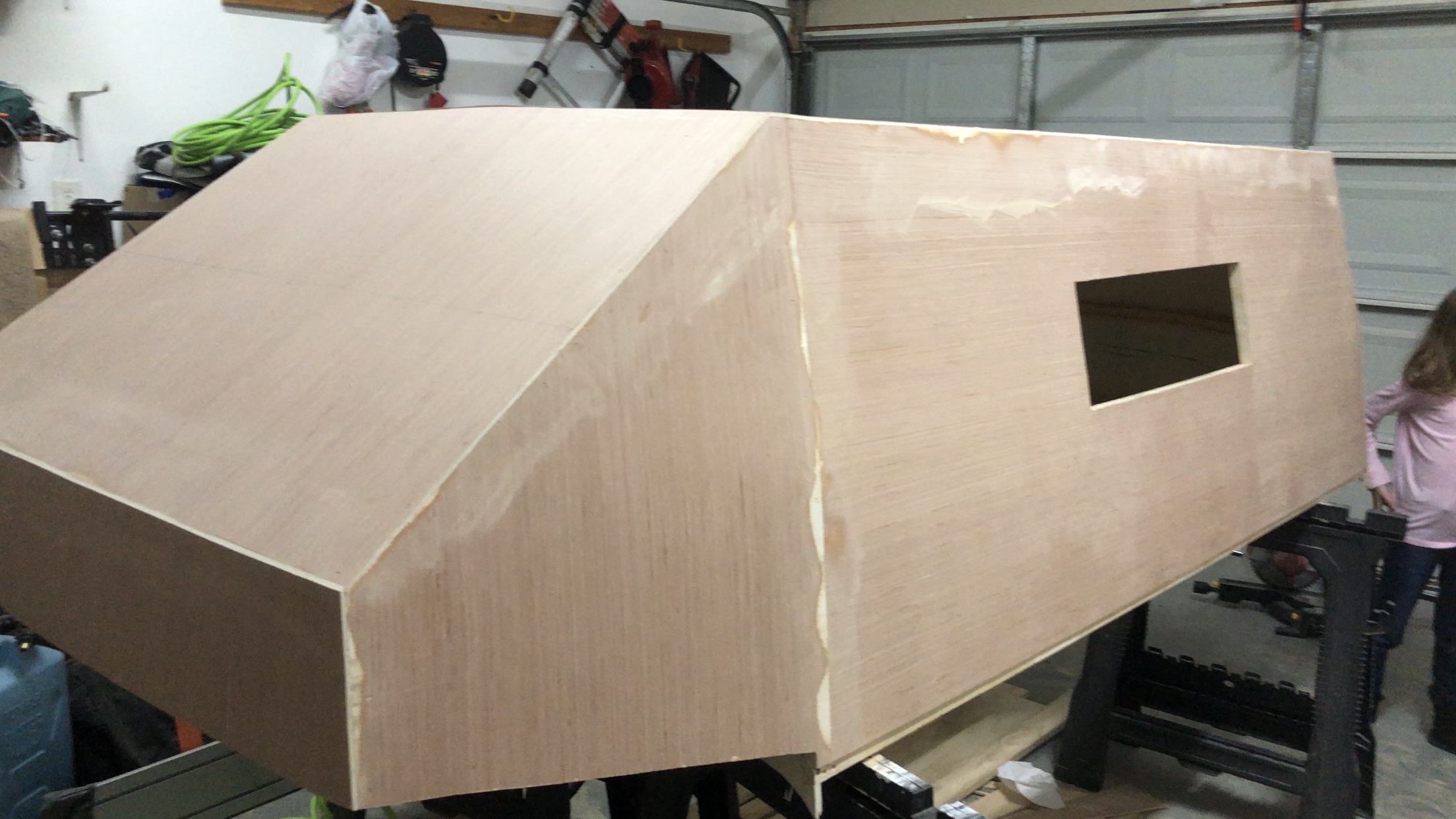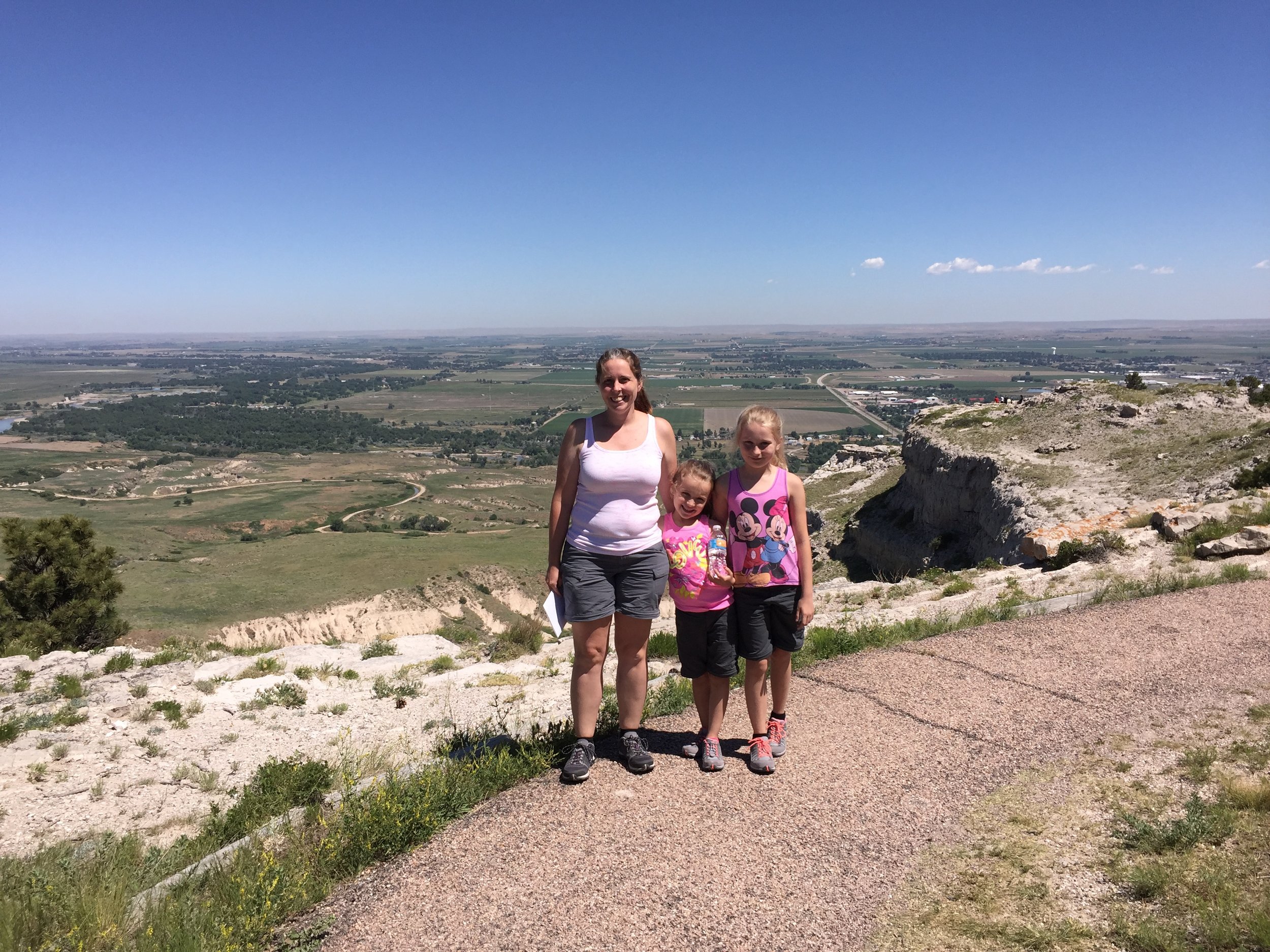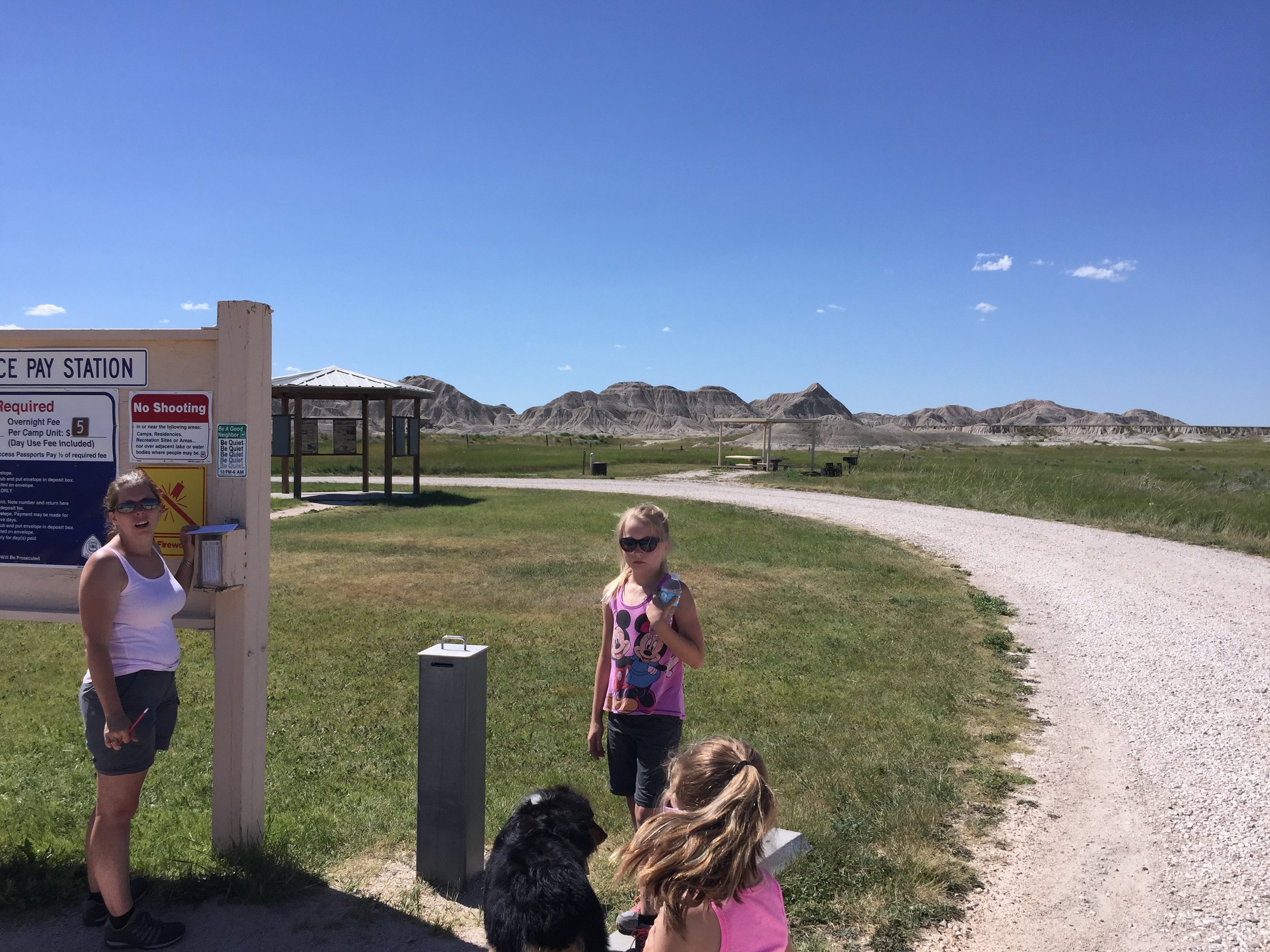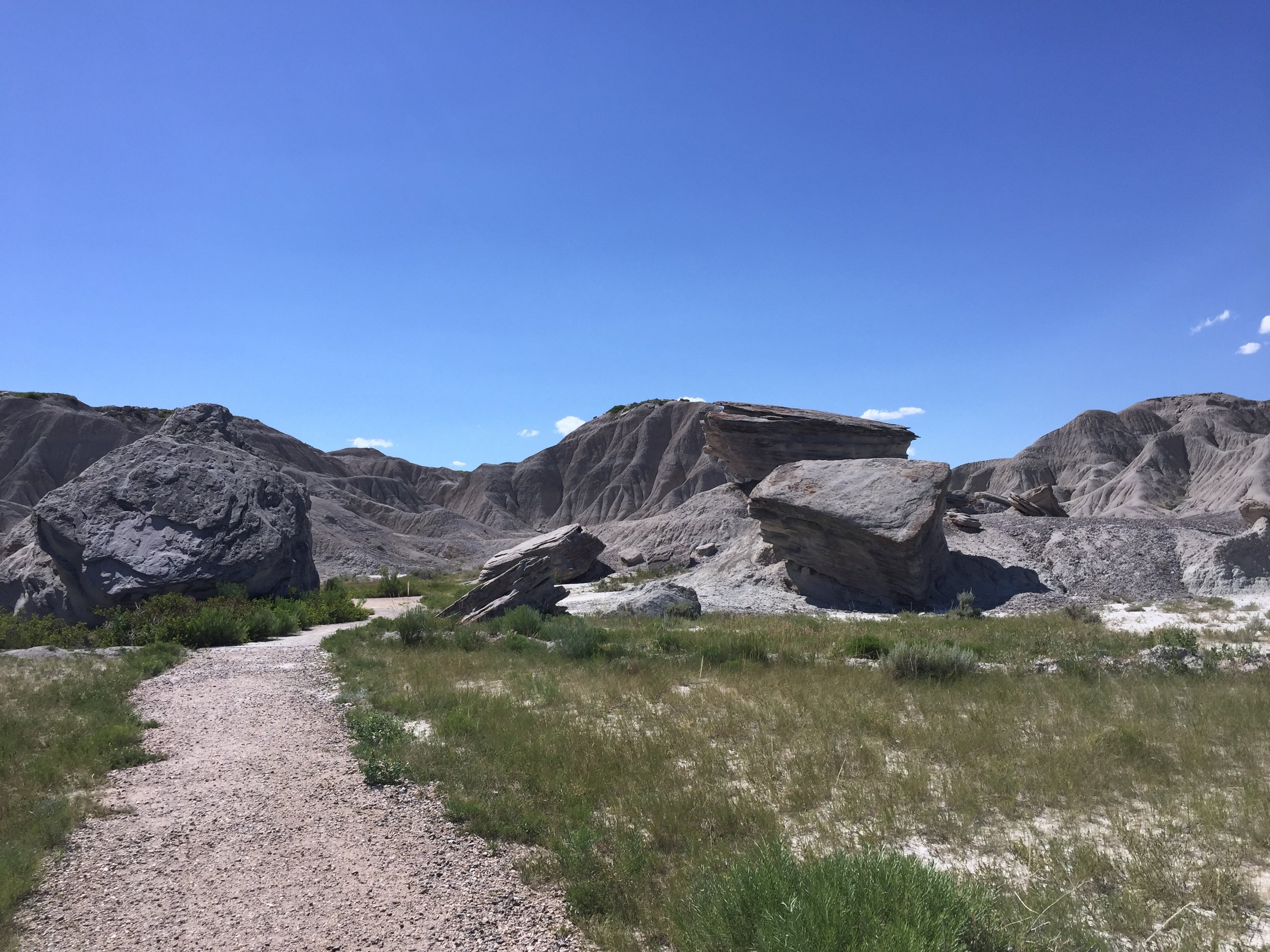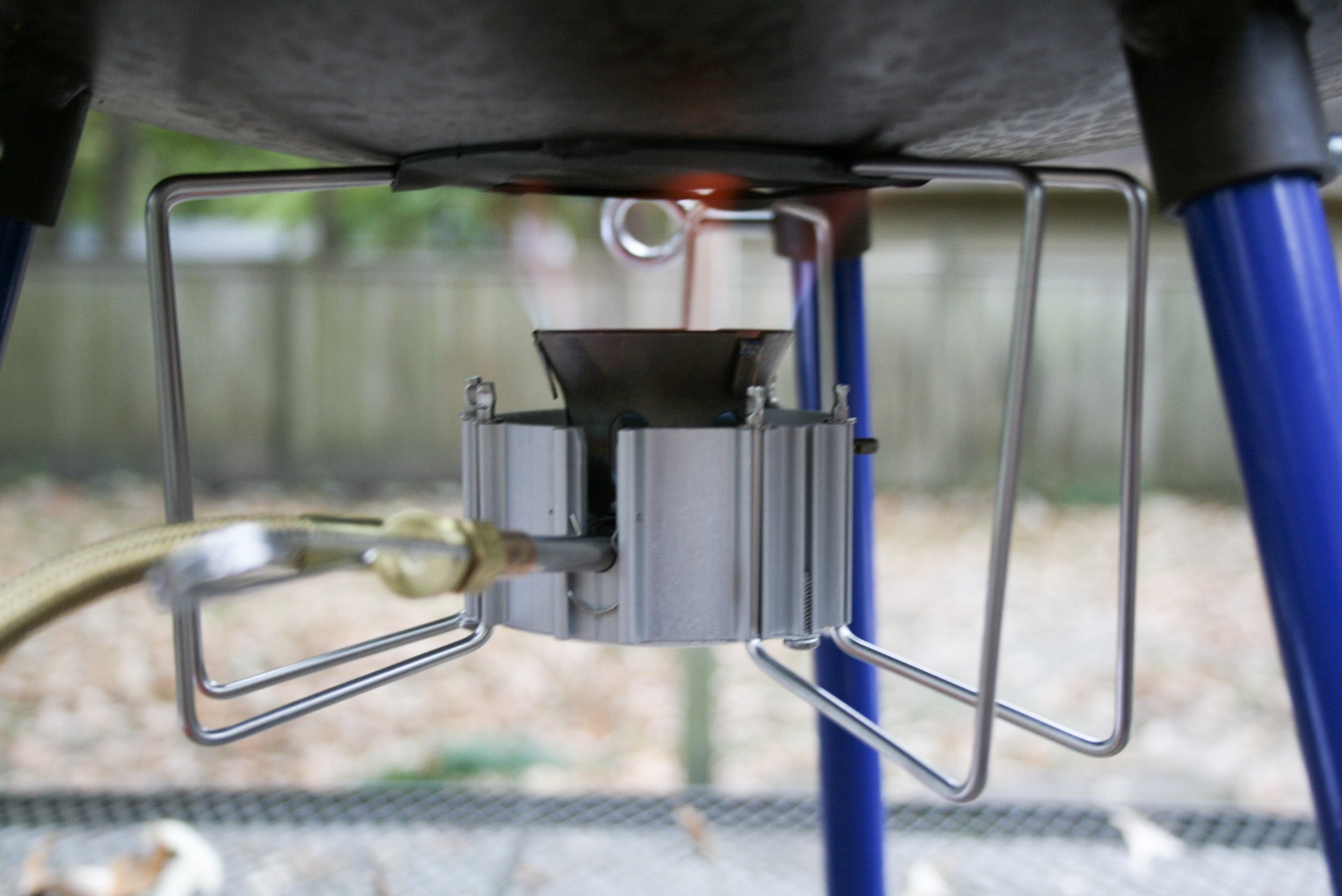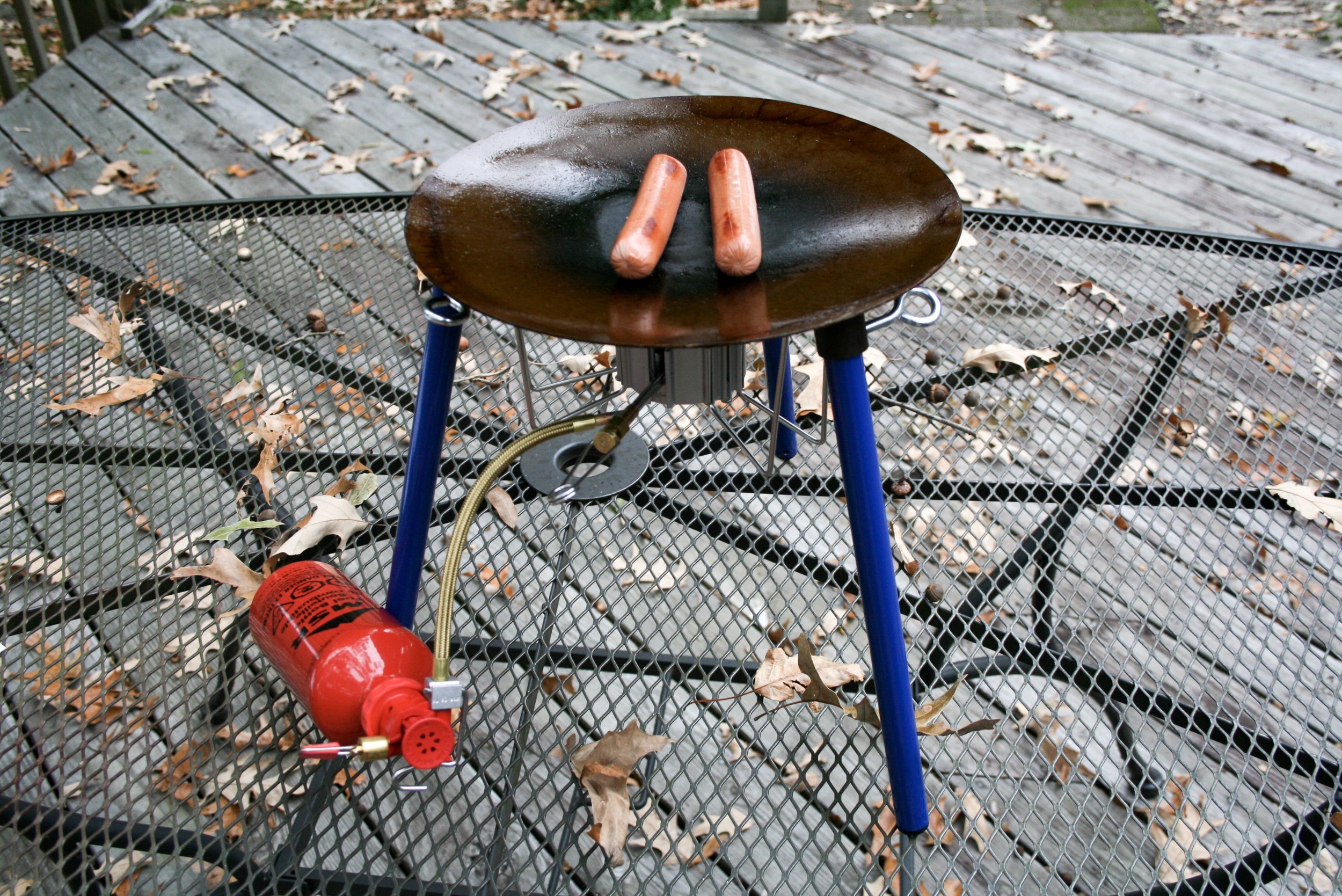Cell phones, as we all know, are relatively thin handheld devices. But as thin as they may be, there is a lot of technology sandwiched between the front and back. Cameras, processors, batteries and antennas, just to name a few. Those last two are what we’re going to focus on here. Antennas pick up radio signals. Not rocket science, I know. Where it gets interesting is when you start to block the antennas. You know, that really cool, super indestructible metal case that you placed over your brand new $1000 smart phone so you could protect your investment. Yeah, that blocks the cell signals. Ok, so you don’t have a metal one. Maybe you’re rocking the old school Otterbox or some other type of plastic case like a Lifeproof. Well, guess what? They affect the cell signal too. Sometimes it’s not even what is physically on the phone, it could be what’s around the phone too. Trees, mountains, valleys, buildings. Do you think radio signals pass through solid objects very easily? Think about when you’re in your car. It’s a big metal object isn’t it? Do you think that will affect the cell signal? As a matter of fact, anything that is placed on or over the phone will affect the cell signal in some way.
Great, so we’ve established that objects and even your environment can affect cellular signals. Ground breaking stuff, I know. But did you know that it will directly affect how long you can use your phone too? What a lot of people fail to make a correlation between is that other thing I previously mentioned above. The battery. Think about it. Have you ever noticed when you have poor cell reception, your battery dies a lot faster? Your phone is constantly looking for the best signal it can get. Switching from frequency to frequency searching out that high speed LTE signal. All the while, you battery is slowly creeping down. I bet you didn’t know that if you have poor cell coverage, you can actually prolong your battery life by switching off 4G LTE and leaving it on 2G/3G. That’s a little pro tip for you.
Cell boosters, let’s start off by stating what a cellular booster does. I’m not an expert by any means, so we’re going to keep this as simple as possible. An exterior mounted antenna picks up a cellular signal and sends it, via wired connection, to the booster module. The booster module then amplifies or “boosts” the signal and sends it, via wired connection, to an antenna mounted in the interior. This antenna then transmits the cellular signal wirelessly to your devices. That’s about as simple as I can make it.
Here’s a scenario. Let’s imagine that we’re rolling along in our car and we notice our cell reception is just teetering on one bar of LTE. We pull over and step out of the vehicle. Alas, we have three to four bars of LTE. So what gives? Like I said before, anything around the cell phone that stands between the antenna and the radio signal will affect the strength of the signal. The big metal box on four wheels that you just stepped out of is no exception. Now let’s look at the same scenario, but with a booster installed. One bar of LTE, we simply switch on the booster and boom, three bars of LTE. Pretty cool huh? The booster basically takes the affects the car has on the signal out of the equation. It’s almost like you’re standing outside.
To be 100% clear here, cell boosters boost signals. They do not create signals or connections. So if you don’t have a signal, guess what, you still don’t have a signal even with the booster on. You may get lucky and pick up one bar, but it’s unlikely. Oh, and speaking of bars of service. It’s a lie. That little icon at the top of your phone is there to make you have warm and fuzzy feelings inside. Don’t believe me? Have you ever had a hard time pulling up a webpage or loading an app, even though your phone says you have a good LTE connection? Yep, that’s what I’m talking about. If you want a real representation of what your signal is, just google “cell signal in dB” and you’ll find out how to pull it up on your phone. WeBoost also has a good write up on this on their support page.
One other thing I have to give WeBoost credit on is how easy they make installing and setting up the booster. Each component in the box is labeled in order of installation, making it a foolproof install. The hardest part we had was figuring out where we wanted to mount the exterior antenna and how to run the wire inside. They have some great reference video’s on their webpage and YouTube channel to help with that as well.
So the burning question still to be answered. Does it work? It does exactly what they claim it should do. In every test I have performed it has increased the cell signal profoundly. Does that mean I am able to pull up the weather app or Instagram or Google maps anywhere that I am. No. Just because my cell signal increased, does not mean that the data will always increase. That has more to do with the frequency channels that are available or provided by the cell tower in that area and what your phone can use. I’m still rocking an IPhone 8plus. A little out dated I know. Admittedly, it’s falling behind on the bands/channels that it can take advantage of these days. Cellular providers are always updating their network and adding bands/channels to help improve their speeds by spreading the load out. Something that older phones cannot take advantage of as they do not have to provisions for these new channels. What I can say is that there was a very noticeable difference when using my daughters IPhone XR. I was able to pull up maps in more locations and faster than I could with my phone. Either way, this was not an issue with the cell booster, as both were connected at to the same booster at the same time. Even with my older IPhone though, everywhere I tested with my signal was boosted, I was able to place a voice call.
So there you go. You made it through my very long winded write up, just to tell you that it works. The next obvious question is “Should I spend $500 to get one?” If you’re serious about a cell booster, then I’d say yes. This is without a doubt the best one you’ll get for the money. But you really need to look at why you want one. If it solely for emergencies, I’d almost suggest you buy a Garmin InReach instead. The booster is just that a booster. Nothing in, means nothing out, not something I’d trust my life too. But if you’re somewhere where the cell service is spotty/weak and all you need is a little boost, then I say go for it. As a matter of fact, we have a friend that has a cellular hotspot that he keeps next to his interior cell booster antenna. He shuts off all of the cell antennas on their phones and connects them to their hotspot via WiFi. This allows the hotspot to take full advantage of the cell booster signal while still giving voice over WiFi and data to all of the devices connected to the hotspot. Genius! It’s little things like that idea that really show how the WeBoost can shine!
In an attempt to remain transparent, I want you to know that the unit we tested was provided by WeBoost in exchange for testing and writing of a review. In no way did they influence any of the information provided in this article. The results that we experienced are what we have conveyed above. That being said, the choice to to purchase one or not rests solely upon your shoulders. It is an excellent product and we have enjoyed it’s use. But we also do not turn it on all of the time. It is just another tool that we use when the time arises. This article is true a true representation of our experiences with the installation and use of this product.
